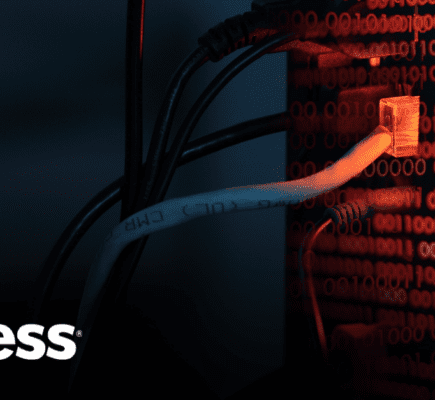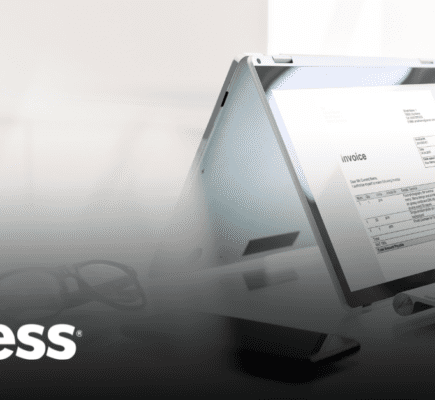
Like fingerprints, every organization is unique, with different needs, regulatory requirements, and history.
For instance, a 100-employee tech company based in Los Angeles founded 5 years ago would have vastly different needs than a 100-year-old, 150,000-employee insurance company with offices in 10 different countries.
While the former may need powerful analytics platforms to understand trends in user data, the latter might be dealing with legacy platforms and large volumes of physical records in storage.
What sets effective, modern information management programs apart is the ability to use technology to streamline the entire information lifecycle—from capture and storage all the way through to disposition—ensuring the right people have the information they need when they need it.
Finding the right approach needs to happen with some consideration, however, as simply throwing a shiny new piece of software at a problem is a quick way to waste your team’s time and resources.
In this post, we’ll be exploring various solutions that can optimize your information management process and program to help you meet your business goals efficiently while maintaining a competitive edge.
Centralized Document Management
A more global, distributed workforce has made it impossible to function without the ability to communicate and share information securely and seamlessly when our coworkers may no longer be a cubicle or two away.
In a recent survey, we asked information security, compliance, and privacy professionals across 50 of the most respected US companies in highly regulated industries questions about their information management programs.
A whopping 86% of companies reported that they have over 20 systems of record. This can mean hours spent searching for missing files across multiple systems for important business information.
By using a centralized document management system like Access’ CartaDC, for example, you can improve this process immensely by providing your employees with visibility into all of the information they need to access, anywhere in the world.
Automated Retention Schedule
The number of laws and regulations has grown exponentially over the past 50 years with the most recent privacy mandates increasing the focus on and demand for improved information governance.
No two companies are identical and even organizations in the same industry are subject to a myriad of rules based on jurisdictions and/or size. In fact, many US-only companies are subject to over 10,000 laws and regulations while a global company must stay on top of over 30,000 laws and regulations.
Developing a retention schedule is not (and should not ever be) a one-size-fits-all or “set it and forget it” process, but with the frequency of changes to these laws and regulations, it can be overwhelming to manage, even if you’re updating the policy annually.
Using retention and privacy compliance software can help automate this process. By linking regulatory requirements to related record series in a retention schedule, you can do away with juggling spreadsheets or spending hours upon hours diving into specific legislative requirements in their jurisdictions.

5/7 Leveraging Your Data: A Journey Through 3 Essential Information Gates
Join our upcoming webinar, where we will guide you through the essential steps to be successful in the age of digital information. The Three Gates to Digital are your roadmap to harnessing the power of technology, improving efficiency, and achieving…
Streamlined Document Scanning
It’s relatively straightforward to enter digital records into an information management system, but what about physical records? Does that mean you have to scan literally every piece of paper?
No, decidedly not.
There is immense value, however, in optimizing your document scanning process for those documents that start as paper and are part of a process that cannot be digitized. A staggering 90% of respondents to our survey report that it takes between 5 and as many as 20 steps to scan a record and transfer it to a secure storage format.
That’s why it’s so important to go through the process outlined above to understand where you can achieve an optimal return on investment, streamline processes, and increase efficiencies without affecting quality or breaking the bank.
A typical process involves document scanning and conversion, but it’s not always necessary to scan documents immediately or all at once. Digital Delivery on-demand services store physical documents securely in a remote facility and scan and deliver digital documents only when required. This can enable savings on office space costs and increase staff productivity.
Active File Management
During this discussion, we outline how a three-tiered system can help you better understand the different priorities of physical records use which are:
- First-tier Records: those kept with you personally (e.g. in a briefcase or home office)
- Second-tier Records: Active files kept in an onsite records room
- Third-tier Records: Those kept off-site in a records center
Managing the first and third tiers is likely already handled well by most companies, but the second tier is where technology-powered services can help.
Using a solution, like Access Unify | Active File Service, can help drive digital transformation and empower teams to become more organized and productive when managing active files.
What this means is that these second-tier active files are moved offsite with your information management partner. Should one of your employees need to access a record, the partner would scan the required document and deliver the file securely back to you within a world-class SLA of 4 hours.
Because you only need to scan what you need when you need it, there is no operational or costly impact of a large “scan everything” digital transformation project. The process is managed within a predictable, fixed-fee service.
Conclusion
Nature writer Joseph Krutch once said, “Technology made large populations possible. Large populations now make technology indispensable.” In the 50 years since his death, his words have only become more accurate, with technology becoming more indispensable.
That said, information management isn’t just about technology.
Employees and other stakeholders, information management policies, and the procedures that implement those policies play a critical role.
If you’ve got to balance multiple providers for information management services, you could be saving valuable time and budget by partnering with a single provider for a comprehensive and consolidated approach that helps reduce costs.
To learn more, check out the Integrated Information Management Roadmap eBook, or request additional guidance directly from an Access information management expert today.




